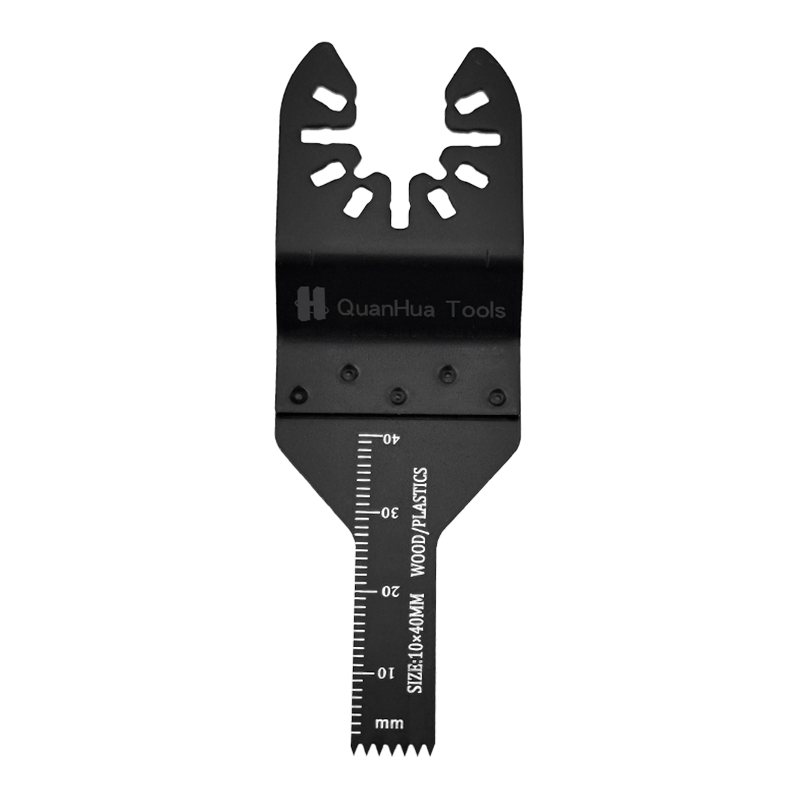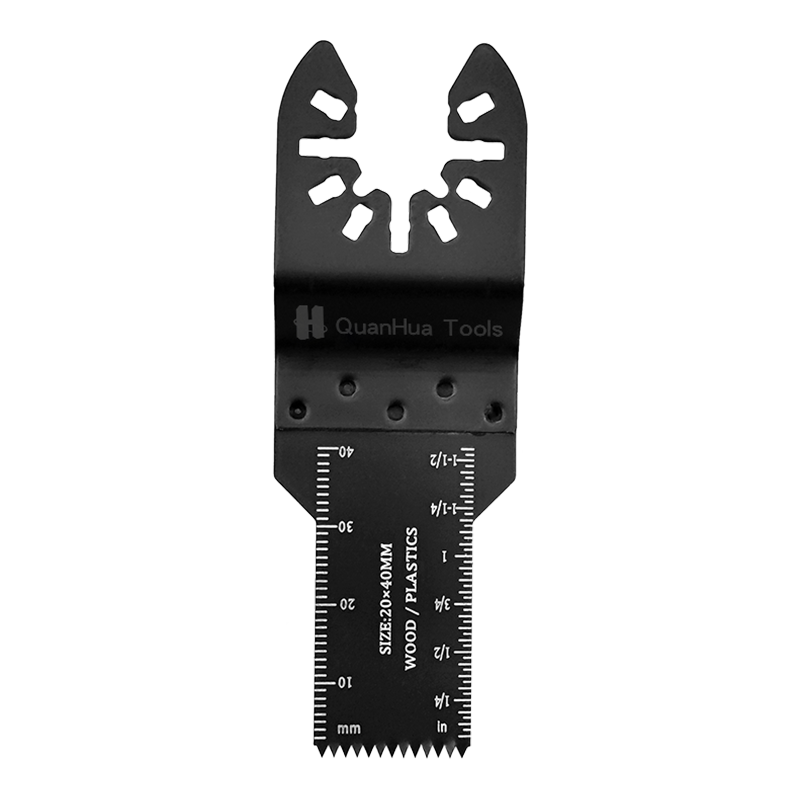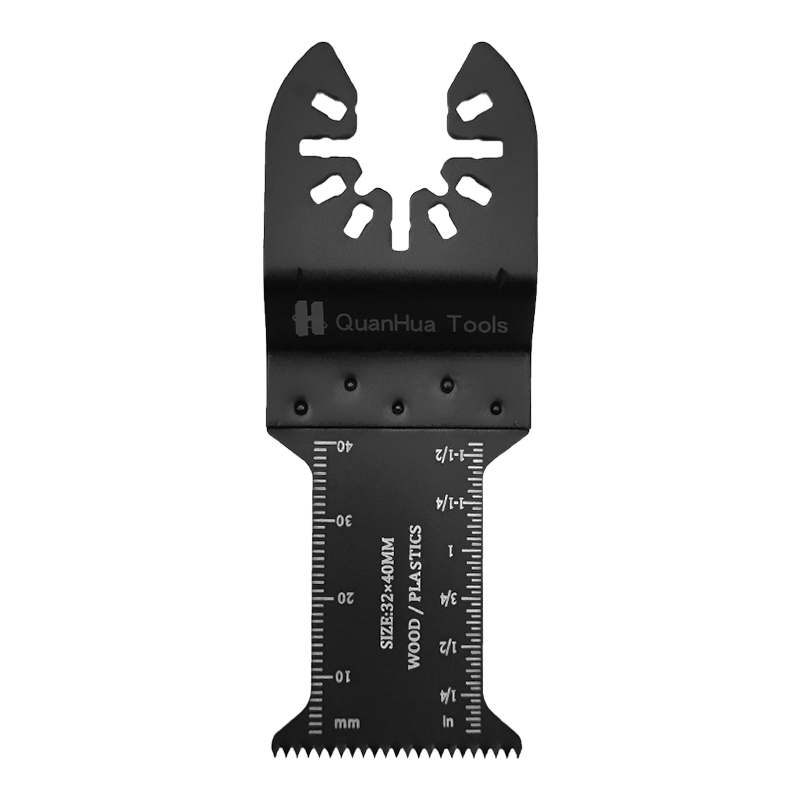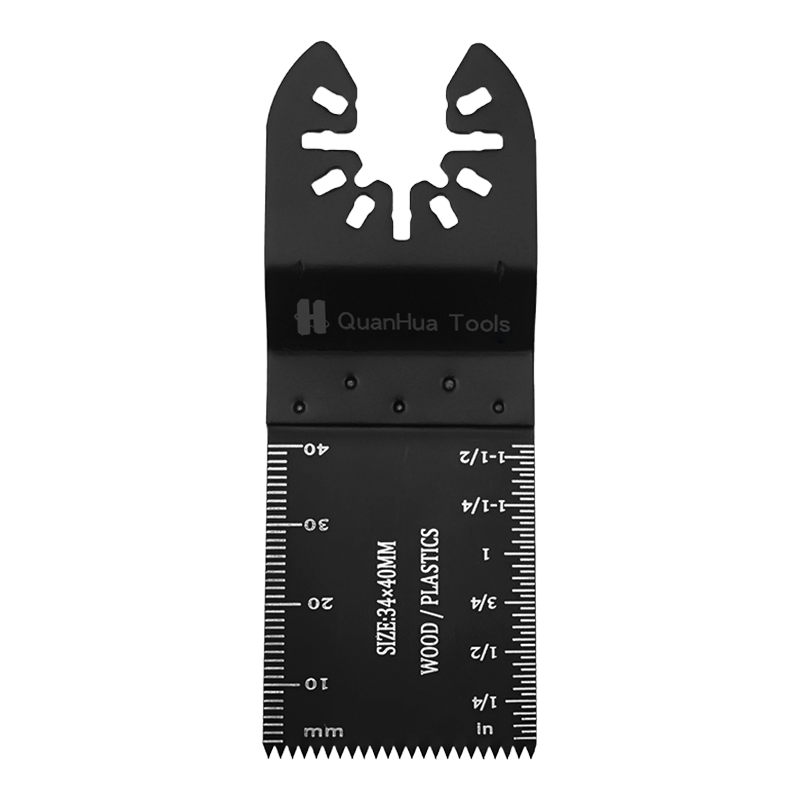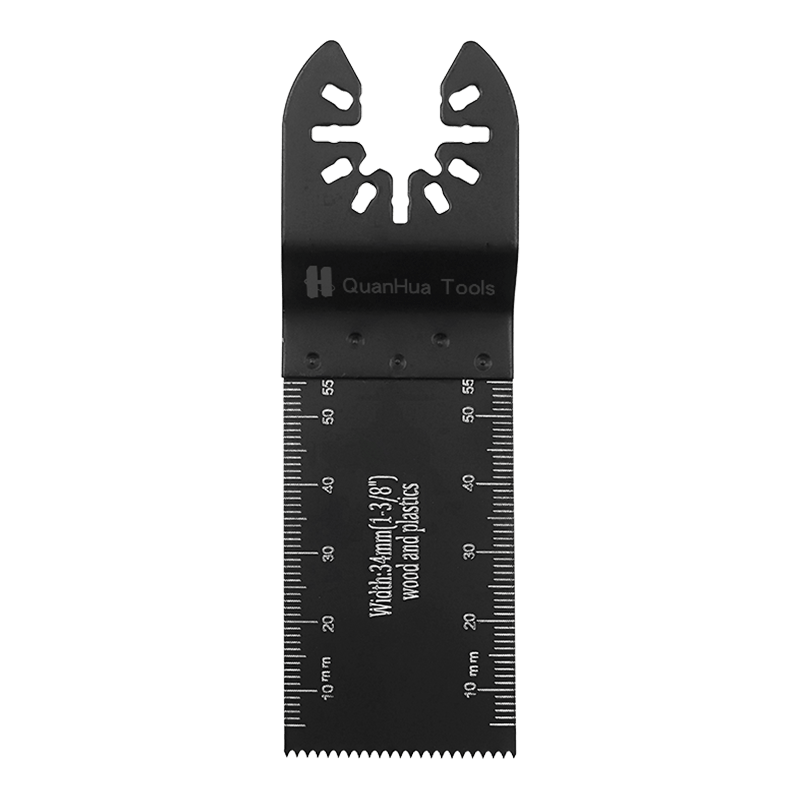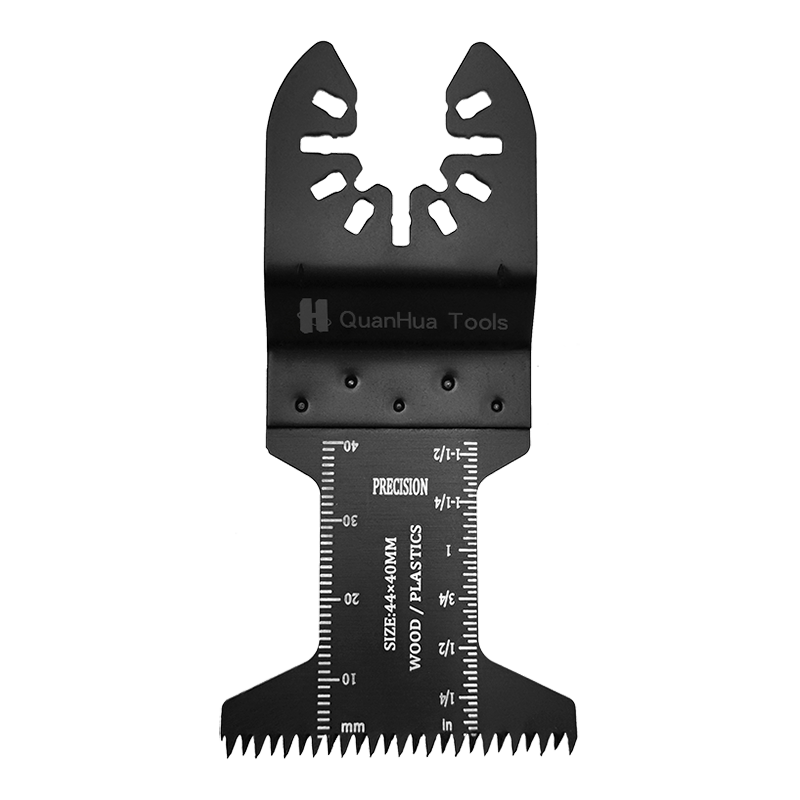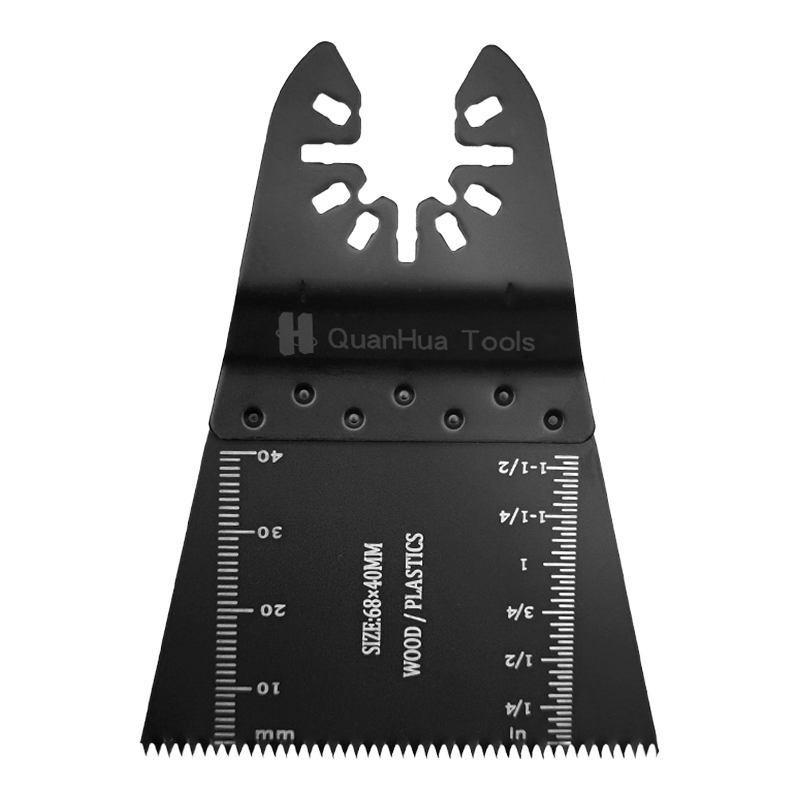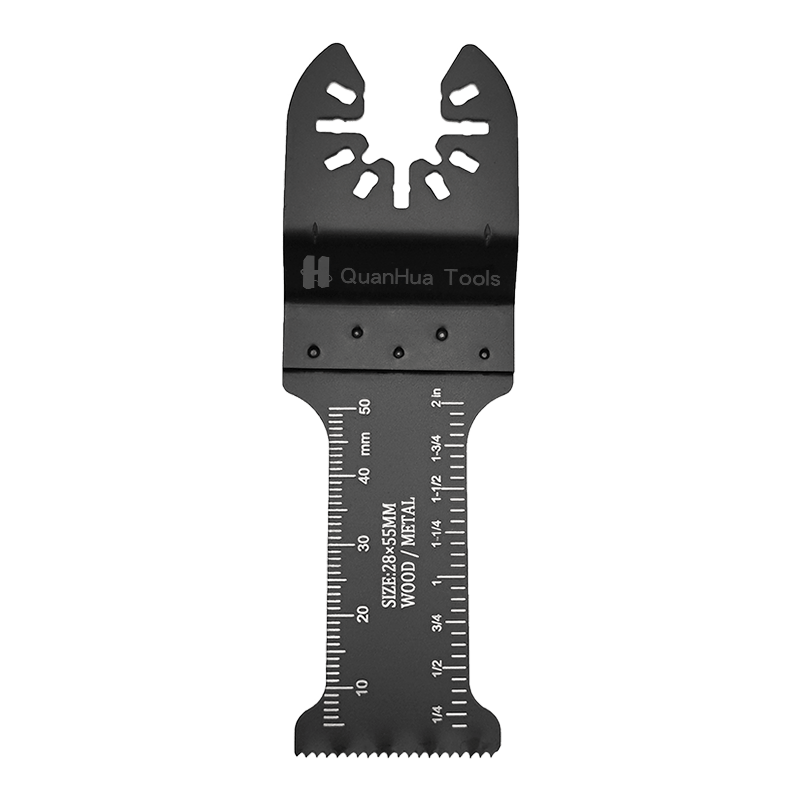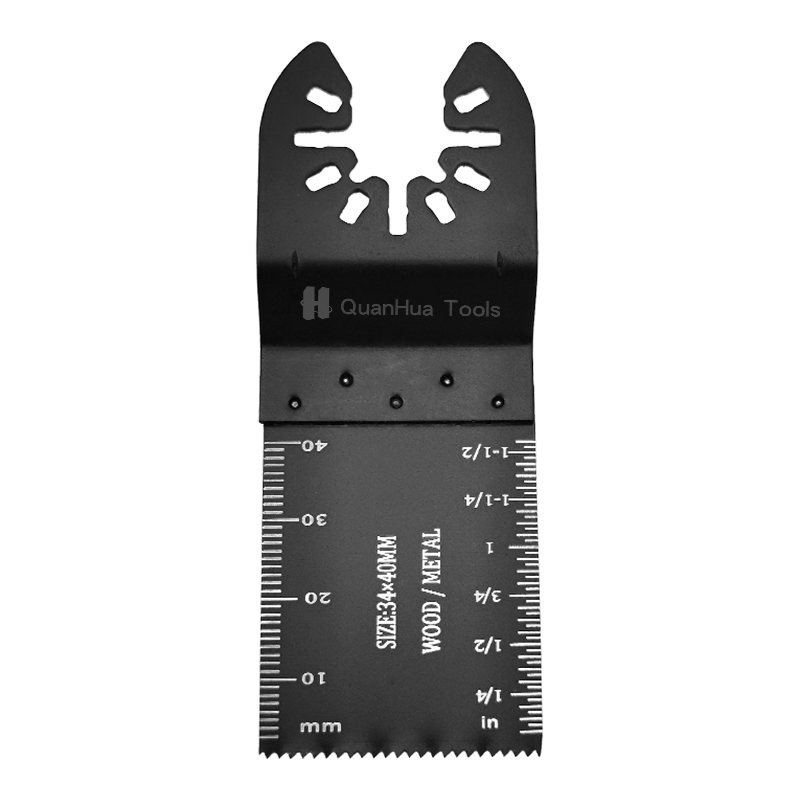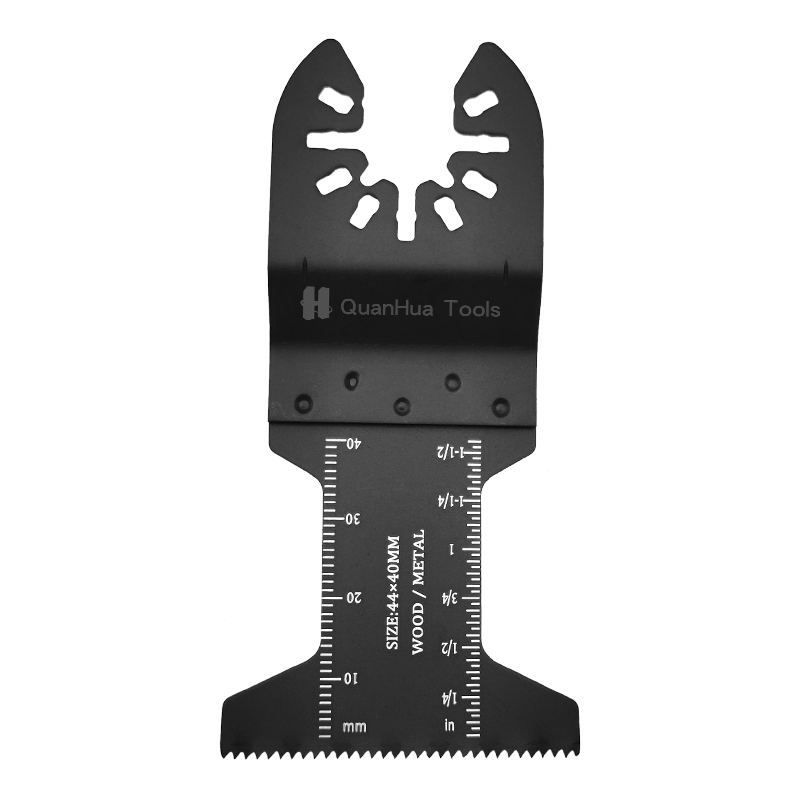Step 1: Understand Your Cutting Needs
Before selecting a circular saw blade, it is essential to understand your specific cutting needs. Different tasks and materials will directly impact the type of saw blade you require.
1. Material Type
Circular saw blades are usually designed to optimize cutting for specific materials. The hardness, density, and structure of different materials determine the type of blade needed.
- Wood Cutting: In woodworking, you’ll usually be cutting wood, plywood, etc. These materials are relatively soft, and a sharp blade with a higher tooth count is needed for finer cuts.
- Metal Cutting: Metal has a higher hardness, so a tungsten carbide-tipped (TCT) blade is typically needed to ensure long-lasting, efficient cutting. Metal cutting blades often have smaller teeth to provide precision.
- Stone Cutting: For cutting stone or concrete, a blade with a special coating like diamond or carbide is required to ensure durability and stability during the cutting process.
2. Cutting Thickness and Depth
The diameter of the saw blade directly determines the maximum cutting depth. To achieve the required cutting depth, you need to choose the right blade size based on your actual situation.
- For shallow cuts, a smaller blade might be more appropriate.
- For deeper cuts, it’s advisable to choose a larger diameter blade to achieve greater cutting depth.
3. Cutting Precision
Cutting precision is another important factor. When precision is needed, you should choose a blade with smaller teeth spacing and sharper edges. This type of blade provides cleaner, smoother cuts and reduces the amount of post-cutting finishing work.
- Fine Woodworking: Requires blades with a high tooth count for a smooth cutting surface.
- Rough Cutting: Faster cutting with fewer teeth; this is suitable for rougher cuts, but the surface may be coarser.
Step 2: Key Specifications of Circular Saw Blades
The specifications of a circular saw blade directly affect its performance and applicability. Understanding these specifications will help you select the appropriate blade.
1. Blade Diameter and Arbor Hole Size
The diameter and arbor hole size of the blade are fundamental parameters to consider when choosing a circular saw blade. The diameter of the blade determines the maximum cutting depth, while the arbor hole size determines whether it is compatible with your circular saw.
- Blade Diameter: Common diameters are 4 inches, 7 inches, 10 inches, etc. A larger diameter allows for deeper cuts but requires stronger equipment support.
- Arbor Hole Size: The arbor hole size is typically related to how the blade is mounted on the saw. You must ensure that the hole size matches your tool.
2. Tooth Count and Tooth Shape
The tooth count directly influences the cutting performance of a circular saw blade. Blades with more teeth provide finer cuts, while those with fewer teeth are better for faster cuts.
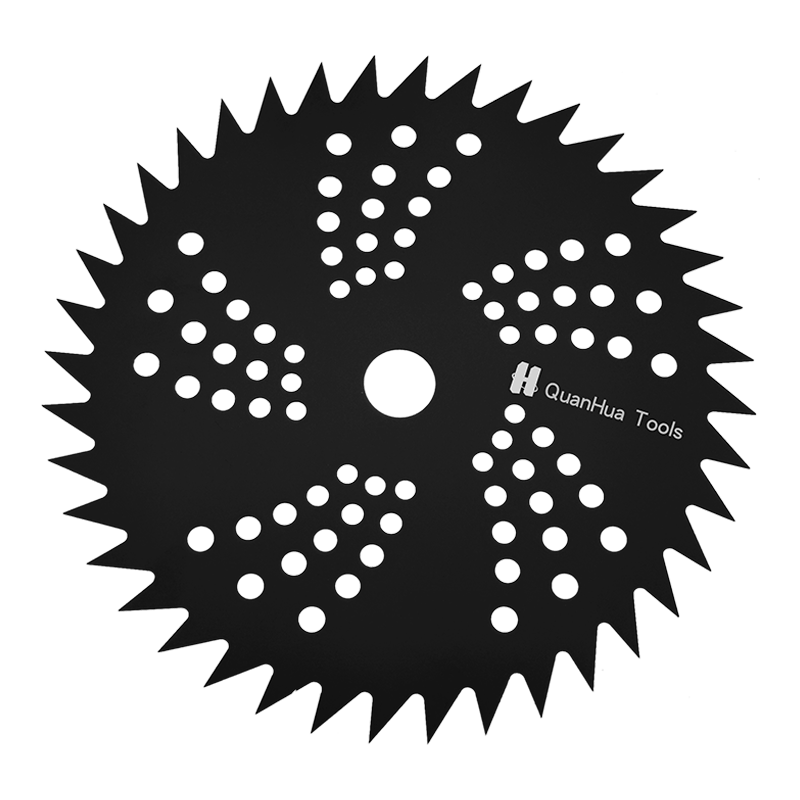
- More Teeth: Suitable for precise cutting tasks, resulting in a smoother cutting surface, perfect for wood, plastic, and other soft materials.
- Fewer Teeth: More suitable for rougher cuts or harder materials, providing faster cutting speeds, but the cutting surface may be rougher.
Common Tooth Shapes:
- Flat Tooth: Ideal for hard materials and offers higher cutting efficiency.
- Alternate Top Bevel (ATB): Commonly used for wood cutting, it reduces sawdust buildup and results in a smoother cut.
3. Material and Coating
The material of the circular saw blade plays a vital role in its durability and performance. Common materials include High-Speed Steel (HSS) and Tungsten Carbide (TCT).
- High-Speed Steel (HSS) Blades: Suitable for softwoods and some light materials, these blades cut quickly but have shorter lifespans.
- Tungsten Carbide (TCT) Blades: Ideal for cutting harder materials, TCT blades offer better wear resistance and longer life, making them perfect for metal or composite materials.
Additionally, many blades are coated with special coatings, such as polyester coatings or diamond coatings, to improve cutting performance and durability.
Step 3: Evaluating Blade Quality and Brand
Choosing a reputable brand usually means better quality assurance. Below are some key factors to consider when evaluating the quality of a circular saw blade:
1. Brand Reputation
There are many brands of circular saw blades available on the market, but choosing a well-known brand usually ensures better quality. Established brands tend to offer higher-quality products and longer warranties. Moreover, these brands often use advanced manufacturing processes to ensure cutting precision and durability.
2. Material and Craftsmanship
High-quality blades often use premium materials, such as high-grade tungsten carbide or high-speed steel. Checking the manufacturing process, particularly whether the teeth are designed precisely, will help you assess the blade’s performance.
3. User Reviews
Online reviews and feedback from other users can give you valuable insight into the actual performance of different brands and models. Customer feedback can highlight important details such as cutting performance, durability, and ease of use.
Step 4: Safety and Maintenance
Proper safety practices and regular maintenance are crucial to extending the life of your circular saw blade and ensuring safe usage.
1. Safety Practices
When using a circular saw blade, be sure to follow these safety guidelines:
- Wear Protective Gear: Always wear safety glasses and hearing protection to shield yourself from flying debris and loud noise.
- Inspect the Blade for Damage: Before use, ensure that the blade is not cracked or damaged to avoid accidents caused by a defective blade.
- Proper Blade Installation: Make sure the blade is correctly mounted on the saw to prevent accidents from improper installation.
2. Regular Maintenance
Regular cleaning and checking of the circular saw blade help to prolong its service life. Here are some maintenance tips:
- Clean the Blade: Use a brush or compressed air to remove sawdust, metal shavings, and other debris from the blade.
- Check Sharpness: If the blade becomes dull, it is crucial to sharpen or replace it to maintain cutting performance.
Comparison of Common Circular Saw Blade Specifications
| Specification | Suitable Material | Cutting Depth | Tooth Count | Advantages | Disadvantages |
|---|---|---|---|---|---|
| 7 inches (180mm) | Wood, Plastic | 50mm | 24-40 | Ideal for medium-thickness cuts, high precision | Not suitable for hard materials |
| 10 inches (250mm) | Wood, Metal | 70mm | 50-80 | Fine cutting results, durable | Requires heavier equipment |
| 4 inches (100mm) | Plastic, Aluminum | 30mm | 20-24 | Fast cutting, portable | Lower cutting precision |

